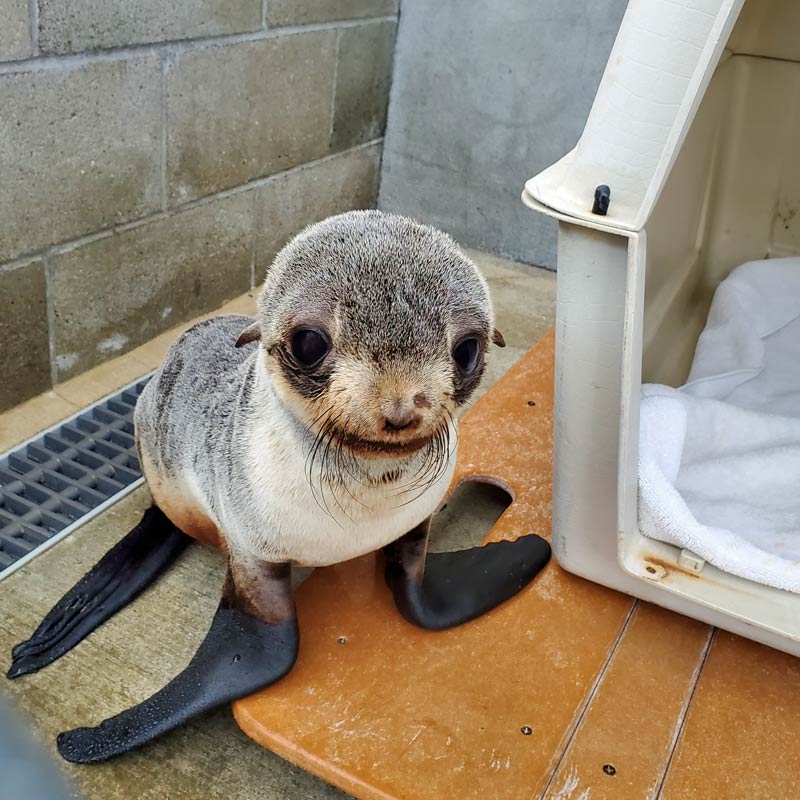1.Studio Maintenance Identification– Identify a section of the clay studio that requires maintenance and take a photo of it. What is the name of the item, space, product, or tool? What is this item, space, product, or tool used for? What does it look like, versus how it should look like?
The area that we decided needed maintenance was the cubby which stored paper, cutting mats, cardboard, etc. The area looked a bit unorganized from how many people took out and put stuff back into the cubbies, labels were missing, but overall very messy. I believe that this area should look more tidy with proper labels so that it is easier for people to identify and access.
2.Division of Tasks and Process– How will you collaboratively maintain this area? Who will do what? Take process images of the maintenance going on. At least 3 photos of you and your team doing work.
With Emelia, we organized the area. Emelia put on the labels and organized the space underneath that, and I organized the paper section and the rest under that section.


(we were too busy organizing that we forgot to take process pictures)
3.Completion of Maintenance– Once you have maintained an item, space, product, or tool, take completion images. How has the maintenance of this item contributed to the classroom or environment?
Once we finished cleaning up the space, it contributed to a more clean, clear atmosphere. It was easier to identify what was where in the area that we organized, which I think is something very helpful for anyone in the art room as it gets really difficult trying to find something. (speaking from experience)









